We are a country of cat lovers. Nearly half of Kiwi households (41%) have a pet cat. And, according to Canstar’s latest research, 33% of cat owners claim to spend more on their cat’s health than their own. Which isn’t a surprise, given the cost of a vet visit. That’s why many feline lovers take out pet insurance for cats, to help with the costs of keeping their beloved puss healthy.
So if you’ve a cat and worry about the cost of vet bills, or are considering adopting a new cat, Canstar, with the help of Cove Pet Insurance, has put together a complete guide to pet insurance for cats.
In this guide we cover:
- What factors impact the price of pet insurance for cats
- Pet insurance for cats: which breeds are most expensive
- Popular cat breeds and their problems
- Tips for buying a healthy pedigree cat
- How to save on cat pet insurance
What factors impact the price of pet insurance for cats?
According to Cove, the main pricing factors in pet insurance are:
- Breed
- Age
- Gender
- Whether the cat is desexed
Because the main factors are heavily dependent on the pet, Cove encourages Kiwis to check the cost of insuring any new pet before deciding to adopt. Although there are a few tricks to help cut costs once you’ve adopted a new pet (which we get to below), ideally you should organise your pet insurance before you take your new furry family member home.
Pet insurance for cats: which breeds are most expensive
Some breeds are more expensive to insure due to their genetic predisposition to some conditions. For example, hairless cats enjoy lying in the sun as much as fluffy cats, and therefore are liable to suffer sunburn.
And Siamese cats are known to suffer from psychogenic alopecia, an issue that can lead them to overgroom to the point of baldness, potentially leading to infections and other issues.
Furthermore, cats that are white with blue eyes, such as the Khao Manee, while stunning to look at, are also commonly deaf. This opens them up to a variety of added risks in their environments.
All of these factors (among an array of other potential health issues) can make for a costly insurance policy:
Cheapest to insure:
|
Most expensive to insure:
|
Data courtesy of Cove Insurance
Popular cat breeds and their problems
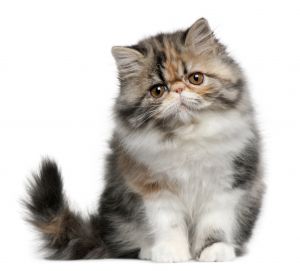
1. Persian
Due to their classic flat faces, Persians commonly require breathing passage surgery. Around a third of Persians also contract polycystic kidney disease (PKD), requiring surgery. Eye problems from excess hair around the eyelids can be corrected with veterinary treatment. Difficulty eating due to the squashed-in face can require surgery or dietary modification.
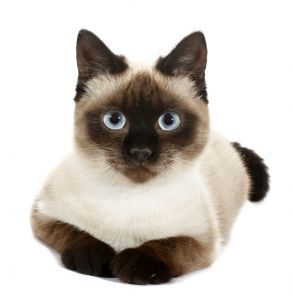
2. Siamese
Intolerance to anaesthesia makes standard surgeries, such as spaying and dental work, more difficult and expensive. If often left home alone, Siamese can develop a stress disorder that leads to over-grooming and skin problems. Siamese can also require medication if they develop vestibular disease that affects their balance.
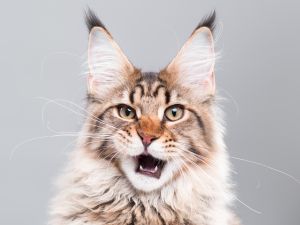
3. Maine Coon
Sudden onset heart disease is a common problem with Maine Coons, but unfortunately, as the ailment’s name suggests, there is little warning, so regular vet check-ups or specific testing are required to detect a problem. Other problems include spinal muscular atrophy, PKD, and hip dysplasia, all of which can be treated with expensive surgeries.
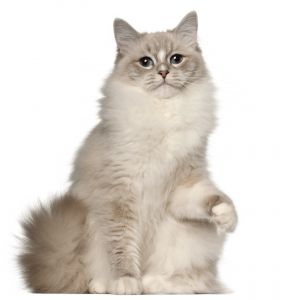
4. Ragdoll
The gorgeous Ragdoll can sometimes find themselves suffering from bladder stones or heart disease. However, due to its relatively low list of health concerns, it’s not hard to see why this cat is so relaxed and easy-going. The perfect lap cat.
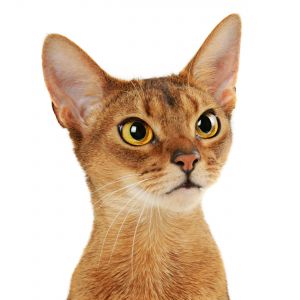
5. Abyssinian
Check whether your insurance covers dental treatment, because Abyssinians are quite prone to periodontal disease. Other problems that can lead to surgery or medication include stress disorders, which lead to over-grooming and skin problems; luxating patella (knee-cap dislocating); retinal atrophy (eye problems); kidney failure; and pyruvate kinase deficiency (anaemia).
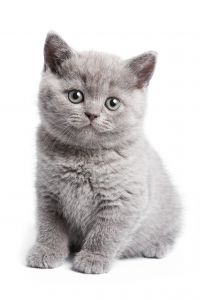
6. British Shorthair
The British Shorthair is prone to gingivitis (gum disease), which requires dental treatment and medication. More serious is the possibility of a heart murmur or heart disorder, detectable by your vet.
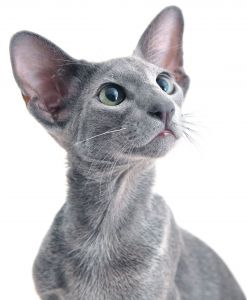
7. Oriental
This cousin of the Siamese can experience crossed eyes; liver failure; heart disease; bladder stones; intolerance to anaesthesia, which makes standard surgery such as spaying and dental work more difficult and expensive; stress disorders if left alone too much, which can lead to over-grooming and skin problems; and vestibular disease that can affect balance, requiring medication.
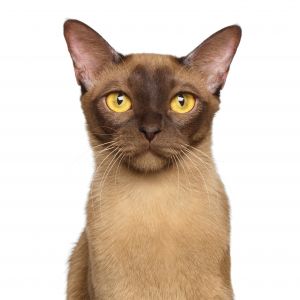
8. Burmese
These cats love to play! Apart from in-breeding issues that can be avoided by picking a cat that does not have cranial deformities, the Burmese can suffer from glaucoma requiring optical treatment. They can also suffer from oversensitivity to touch, and calcium stones in the urinary tract.
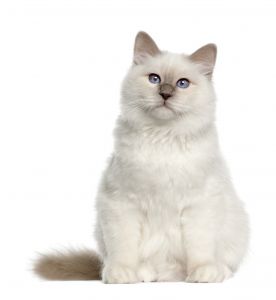
9. Birman
Also known as the Sacred Cat of Burma, they can face thymic aplasia immune deficiency, corneal dermoid requiring surgery, or even spongiform degeneration (hind limb weakness and uncoordination).
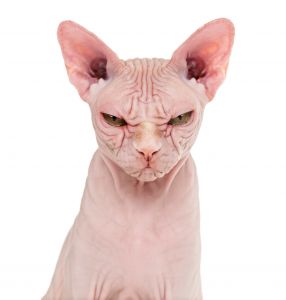
10. Sphynx
Heart disease and neurological disease are conditions to watch out for with the super-active Sphynx breed, as well as sunburn. Apart from that, general veterinary check-ups can keep an eye out for the usual skin conditions, such as skin cancers, and periodontal disease.
Tips for buying a healthy pedigree cat
When buying a pedigree cat, it’s always preferable to go to a reputable breeder, such as one accredited to a cat club. For example, the New Zealand Cat Fancy (NZCF) which is New Zealand’s largest national body for cat clubs and their members, has a list of accredited breeders on its website. These breeders conform to the NZCF’s code of ethics, set to ensure good cat health.
When buying a pedigree kitten from a breeder, things to look for, include:
- Proof of vaccinations
- Cat in good health
- Diet sheet, showing what the kitten has been fed and any food allergies
- Ability to check out the kitten’s parents
- Cat is already de-sexing, or a de-sexing contract to be signed by your vet ensuring the kitten will be spayed or neutered
 How to save on cat pet insurance
How to save on cat pet insurance
Even if you choose to adopt a cat breed with known health conditions, there are things you can do to reduce your premiums:
Consider your pet insurance policy
Broadly speaking, there are three categories of pet insurance:
- Accident-only: most basic package provides cover for accidents and injuries
- Accident and illness: cover for accidents and injuries as well as illness, including serious health conditions. Note that pre-existing conditions are not covered
- Comprehensive: Cover for all of the above, as well as cover for many routine expenses, such as vaccinations, check-ups, dental care and more
Depending on your pet, and how often you take it in for routine care, you may not feel you require a comprehensive policy. And if your pet is young and healthy, you may find an accident-only policy is right for you.
Bundle with other insurance policies
Many insurance providers offer discounts and incentives for taking out multiple policies. This could be anything from car insurance to home and contents.
Take out your insurance policy while your pet is young
Pet insurance doesn’t provide cover for pre-existing medical conditions. So if your pet already suffers from joint issues, don’t expect your pet insurance to cover any associated veterinary bills. However, by signing up for pet insurance while your pet is still young, you will be covered for any conditions that may arise as it ages.
Do note that you’ll need to stay with the same provider and ensure your policy doesn’t lapse for this to work. Also, there may also still be certain conditions that aren’t covered by your insurance, especially for animals genetically prone to certain ailments. So be sure to ask questions and to check your policy carefully.
Change your excess, co-pay share, and/or annual limit
There are multiple different policy adjustments you can make to bring down your premiums. But bear in mind these might cost you more down the line:
- Raise your excess: lowers your premiums, but increases the amount you have to pay before your insurance kicks in
- Lower your annual limit: lower the amount you can claim in a year. Do note that any serious vet bills could blow out your yearly limit, leaving you to stump up the rest
- Raise your co-pay share: pet insurance doesn’t cover a vet’s bill in its entirety. Usually, you have to pay around 10%-20%. But some providers let you adjust this amount. For example, you could choose to pay up to 40% of each bill, which in turn would lower your premiums.
Pay your premiums in an annual lump sum
Some providers offer a discount if you pay upfront, instead of in regular instalments.
Shop around and compare pet insurance providers
Pet insurance doesn’t come at a fixed price. And each provider will likely quote a different price. So it’s important to shop around to find the best deal.
Keep in mind that there’s more than just price to consider. Levels of coverage differ between policies and providers, as do benefits, customer service, online tools and more.
And a great place to start comparing pet insurance is right here with Canstar. Each year, we compare pet insurance providers to discover which ones deliver the best customer service and value for money. So to get comparing, or to read more helpful articles and guides on pet insurance, simply hit the button below:
Compare Pet Insurance Providers
About the author of this page
 This report was written by Canstar’s Editor, Bruce Pitchers. Bruce began his career writing about pop culture, and spent a decade in sports journalism. More recently, he’s applied his editing and writing skills to the world of finance and property. Prior to Canstar, he worked as a freelancer, including for The Australian Financial Review, the NZ Financial Markets Authority, and for real estate companies on both sides of the Tasman.
This report was written by Canstar’s Editor, Bruce Pitchers. Bruce began his career writing about pop culture, and spent a decade in sports journalism. More recently, he’s applied his editing and writing skills to the world of finance and property. Prior to Canstar, he worked as a freelancer, including for The Australian Financial Review, the NZ Financial Markets Authority, and for real estate companies on both sides of the Tasman.
Enjoy reading this article?
Sign up to receive more news like this straight to your inbox.
By subscribing you agree to the Canstar Privacy Policy








Share this article